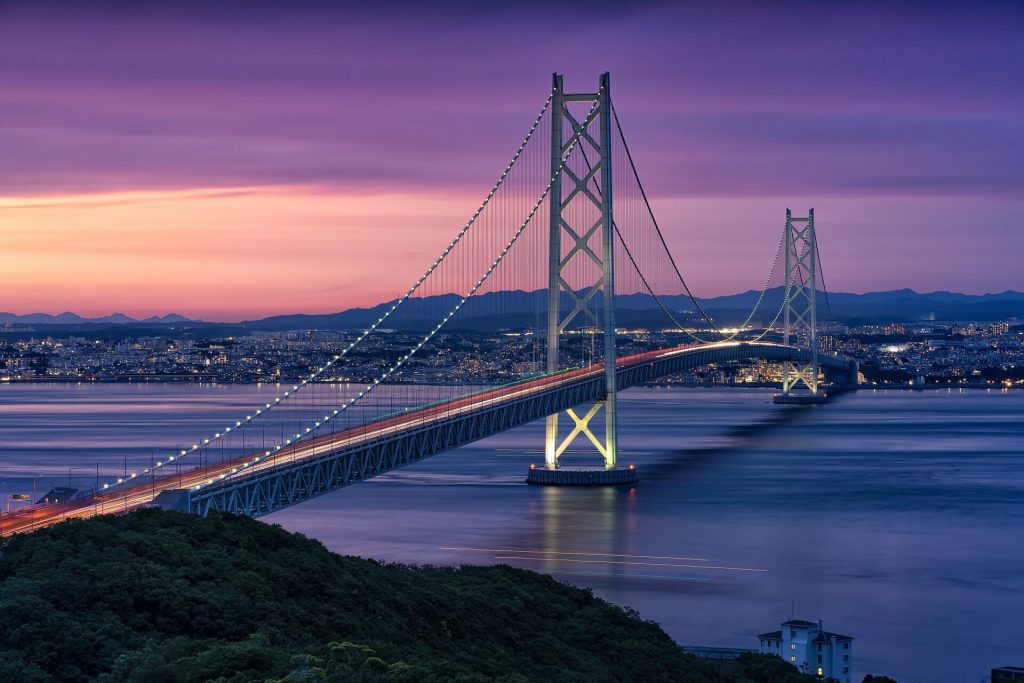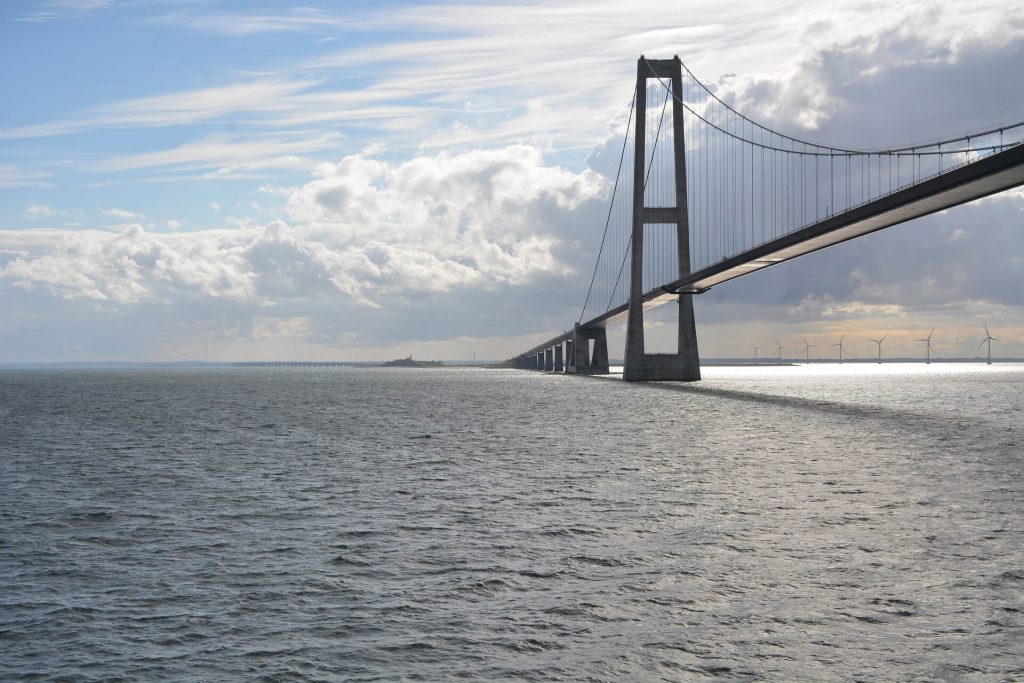Hoga Kusten Bridge is one of the best traveling experiences you may cherish while roaming across Sweden. Situated at the eastern coasts of Sweden, it witnesses beautiful sightseeing and provide a sheer amount of foreign trade for the government. Even, unlike many other bridges, it is included in the tours arranged by tourism companies for millions of tourists every year.
The Hoga Kusten Bridge, moreover, comprises of High coast Bridge which is a suspension bridge that crosses over the Ångermanälven river near Veda and waves its path on to the border between the Härnösand and Kramfors municipalities in the province of Ångermanland in northern Sweden. The bridge is named after the area it is constructed in. The bridge replaces Sandöbron, the old bridge across the river,in a new extension of the European route. It is the second longest suspension bridge in Scandinavia (after Great Belt Fixed Link in Denmark), the third longest in Europe, and the ninth longest of the world.
However, the Hoga Kusten is considered to be the most panoramic stretch of the Bothnian Coast along the northern regions of eastern Sweden. It spreads its arms between the areas of Härnösand and Örnsköldsvik. These land chunks are considered to be the lands of mountains and deeply stained forested valleys that at times virtually seem to get into the Gulf of Bothnia itself.
Along this coast lies the super-attraction, Hoga Kusten Bridge which very well device the beautiful and breath taking sightseeing in all directions. It is considered to be the Seventh-longest bridge of the world that spreads its huge arms across the Ångermanalv River. In America, only the coasts of Maine and northern California compete in general magnificence.
This bridge basically replaces Sandöbron, the old bridge across the river, in a new extension of the European route E4. It is the second longest suspension bridge in Scandinavia (after Great Belt Fixed Link in Denmark), the third longest in Europe, and the seventh longest of the world.
The Hoga Kusten Bridge is a suspension bridge with a main span of 1210 meters (3970ft), an overall length of 1800 meters (5906 ft), and a minimum clearance under the main span of 40 m. The column pillars are 180 meters high (591 ft) that supports the span of the bridge very well. As such, its two towers, called pylons, are Sweden’s tallest constructions, at 175m (574 ft.).
This bridge took nearly 5 years of hard struggle to get into the present shape from 1993 to 1997. Officially it was opened on December 1, 1997, however, got inaugurated at Christmas of the same year.
Detailing the construction category, it lies under Gravity anchored, suspension bridge. While constructing this bridge, its deck erection stages were wind tunnel tested. With a shallow streamlined box as its deck cross-section, the flutter-type instability was the main concern. However, it was found that the bridge examined more stable when the suspended deck was extended in a non-symmetric manner as opposed to the traditional symmetric erection schedule. It is possible to use non-symmetric deck configurations as a stabilizing measure during the deck erection.
The two environmental factors that had a major impact over the designing of the bridge are:
- The beautiful landscape surrounding the bridge.
- The winter climate in the region.
Thus due to above two factors, a conventional three-span suspension bridge from shore to shore was chosen, and special architectural treatment was given to the shapes of the pylons and the cable anchorages besides some usual formats of bridges. Moreover, while accepting the bids, designing of the bridge remained the main concern.


